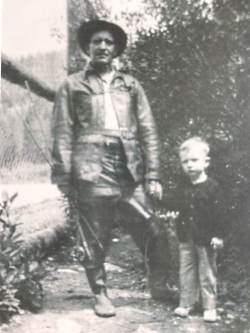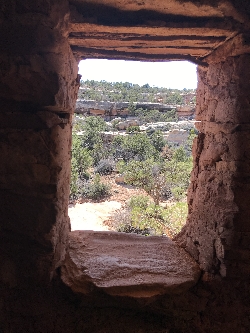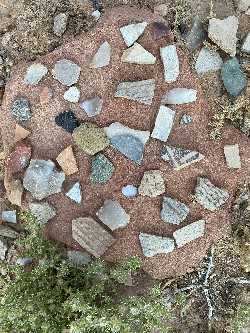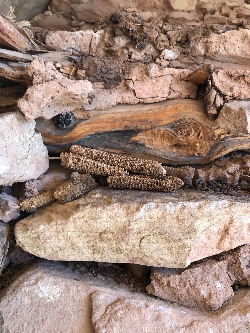
Courtesy & © Mary Heers, Photographer
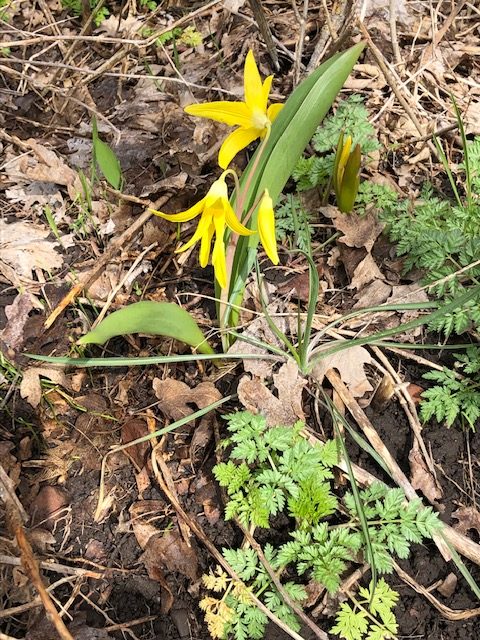 Mendon Glacier Lilly
Mendon Glacier Lilly
Courtesy & © Mary Heers, Photographer
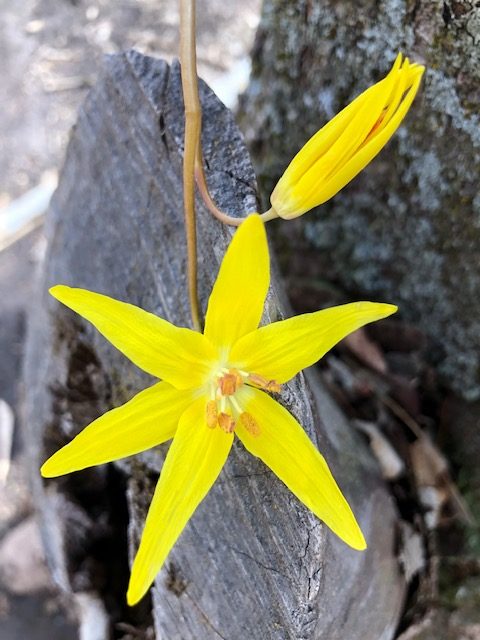 Mendon Glacier Lilly Close Up
Mendon Glacier Lilly Close Up
Courtesy & © Mary Heers, Photographer
 Mary’s Neighbor’s May Queen Crown
Mary’s Neighbor’s May Queen Crown
Courtesy & ©’ Mary Heers, PhotographerNever have I seen the coming of spring celebrated with more flair than Mendon’s May Day.
On the first Saturday in May, Maypoles with 20 foot long ribbons appear in the Mendon town square. By ten o’clock a couple hundred residents have gathered around the poles. A piano in the gazebo strikes the first chords and the May Queen and her entourage step around the corner of the church and onto the green. Suddenly everybody gathered in the square begins to sing. “Come to the woodlands, away, away”. Most people know the whole song by heart.
The queen is crowned and the real showstopper, the braiding of the Maypoles, begins. Mendon’s young girls, grades 1-5, pick up the ribbons. Braiding the poles is complicated. The girls have been practicing after school three times a week since the beginning of April. Last week I dropped in on one of the practices and counted: 3 Maypoles, 64 girls, and a little bit of chaos. There’s a march, a minuet. More songs. Stepping in, stepping out, kneeling, skipping. The girls bob up and down as they sing ”Apples blossoms swing and sway..”
Mendon is one of Cache Valley’s oldest pioneer towns, tucked up against the Wellsville Mountains. Winters were long and hard, and the coming of spring eagerly awaited. The beginnings of May Day can be traced back to the days when the young girls in the pioneer settlement raced up the hillsides to gather spring wildflowers to put in their hair.
The first May Queen, Seny Sorenson, was crowned with a hand woven wreath of flowers in 1863. Since then, every year, rain or shine, a queen has been crowned in the town square, and the maypoles have been braided with the same songs and dance steps. 160 years, with only a few changes.
The queen’s name is now drawn out of a hat from a pool of the town’s high school juniors. And this year, for the first time ever, the young girls will be getting store bought dresses. In the past, the mothers were expected to sew the matching dresses for their daughters. Not knowing about this tradition, you can imagine how bewildered I was when I had just moved to Mendon and answered a knock on my door. A woman I didn’t know handed me a dress pattern and proceed to say something about altering the interfacing. I was pretty sure she was speaking English, but I couldn’t understand a word she was saying. Luckily my good friend and neighbor quickly brought me up to speed. This wonderful neighbor had actually been Mendon’s May Queen over 50 years ago. “Do you want to see my crown?” she asked as she opened the door to her hall closet. And there it was, a tight ring of pink and white flowers, secured to a tiny satin pillow with a fading ribbon.
I had one more stop to make. I hopped in my car and drove up to the Deep Canyon trailhead high above Mendon. A short way up the trail I found it– a whole hillside covered with curly yellow Glacier Lilies, the “early blooming flowers” from the May Day song “Maying and Straying…” And believe me, this was a sight worth singing about.
This is Mary Heers, and I’m Wild about Springtime in Utah.
Credits:
Photos: Courtesy & Copyright © Mary Heers, Photographer
Featured Audio: Courtesy & Copyright Mary Heers AND Courtesy & Copyright © Kevin Colver, https://wildstore.wildsanctuary.com/collections/special-collections/kevin-colver
Text: Mary Heers, https://cca.usu.edu/files/awards/art-and-mary-heers-citation.pdf
Additional Reading: Lyle Bingham, https://bridgerlandaudubon.org/
Additional Reading
Wild About Utah, Mary Heers’ Postings
Mendon May Day, https://www.mendonutah.net/may_day.htm
May Day Celebration, Mendon City, Utah, https://mendoncity.org/may-day-celebration/



